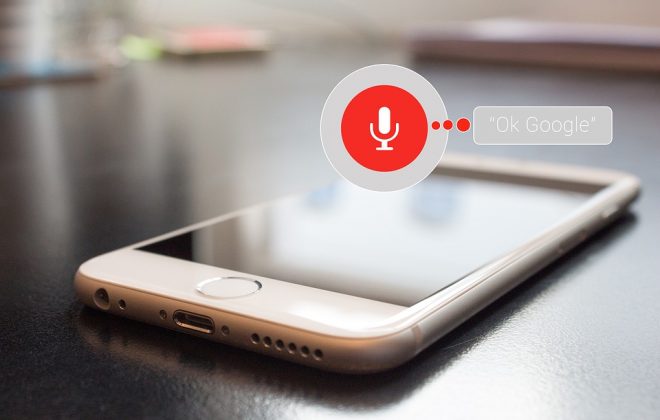Five Interesting Use Cases of Blockchain for Healthcare Industry
The global Healthcare industry, from a broader perspective, gives an impression that this industry is well settled in the areas of operating processes and technology integrations. Even if this were to be true, the current successful invasion of Blockchain technologies in other sectors like Fintech has gotten crucial healthcare stakeholders thinking if something like a Blockchain capability can truly re-invent the global healthcare business.
Blockchain is an open distributed digital public ledger. Its simple functionality allows users to maintain their records securely and seamlessly. Each recorded event forms a ‘Block’ in an ever-growing chain of digital records and these blocks are fool-proof against any kind of data modification because all such blocks are encrypted. The icing on the cake is that the contained data is not held at one single location but is distributed making the data impossible to hack. Hence, blockchain has rendered its credibility in the areas of permanent storage and transparency.
Clearly, Healthcare can benefit hugely from blockchain by increasing the security and privacy of health data. Today, the healthcare industry is struggling with record keeping which is actually the crux of this industry. Problems such as haphazard medical record changes, missing patient files, payment delays, a weak audit trail etc. have eroded the healthcare industry for many years. This has resulted in massive losses for this industry, either via public lawsuits or Government action, about the casual attitude of Hospitals to safeguard such data.
Five Interesting Use Cases of Blockchain for Healthcare Industry
Is it practically possible to easily integrate blockchain into healthcare without incurring huge cost overheads? Well, some of these real-world examples seem to prove that. Here is a look at a few healthcare blockchain implementations so far.
Mediledger
Partnering with LinkLab and Chronicled, Mediledger is successful in implementing ‘The Blockchain Project’ for prescription drug manufacturers and their immediate wholesalers. Previously, these entities used to work in silos. Blockchain is now facilitating tracking of all items related to both the industries by acting as a link in between them. This project has also helped the aforementioned parties to comply with Drug Supply Chain Security Act (DSCSA) because it has a unique ability to track the outlet of certain drugs, which are sentenced as harmful if they reach the wrong hands.
SimplyVital Health
ConnectingCare, Simplyvital’s flagship product, has utilized blockchain to create a platform wherein doctors from varied medical specialties come together and work on a common goal of providing affordable medical care. They are paid to work together and these payments are recorded using blockchain. ConnectingCare’s futuristic algorithms provide statistical data to caregivers for optimized diagnosis assessment. It also maintains a secure audit trail of financial activity allowing the providers to maintain high quality in care.
Robomed
Healthcare worldwide is shifting to a value-based medical care model and Robomed has set the stage to add more life to this aspect. Robomed has created a virtual network to connect patients with their aligned caregivers. The objective is for patients to be in a position to pay only for when they are cured and not for all that was done to get the patient cured. Every step is recorded using blockchain in the network which provides high transactional value and transparency about the life-cycle of a patient during the entire process of treatment.
CapitalOne and Gem Healthcare
Banking behemoth CapitolOne in conjunction with Gem Healthcare and a few other partners have created a new claims service using the blockchain technology. This service guarantees efficient and faster payments to providers, which is one of the core problems of the healthcare industry. The service is also equipped to predict out of pocket patient expenses, giving more clarity on patient expenditure after their insurance cap has exhausted. Blockchain is being used to track the medical claims more securely and efficiently.
MIT Media Lab
MIT media lab’s prototype MedRec is an audit software that will keep an eye and record on clinical staff that has the permission to view or change the medications that a patient has been prescribed. This software prototype is powered by an Ethereum Blockchain. Every time a member of clinical staff enters a medication record, it would make an irreversible and immutable entry into the blockchain maintaining the integrity of a medical record.
Conclusion
Looking at these examples, the medical industry seems to be ready to embrace the prowess of technology that is powered via ‘Blockchain.’ It has tremendous potential to reduce complexities in healthcare, foster greater collaboration amongst various stakeholders, and create secure information. To explore the full potential of this technology, there is a need for some ecosystem which will help the early adopters collaborate and share their learnings.




